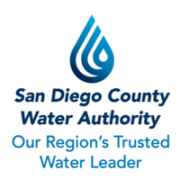Opinion: Farmers and Ranchers Need Support During Drought
While California is known for its world-famous entertainment industry and ever-transforming tech sector, agriculture is the often-overlooked backbone of our diverse state and one of its earliest economic engines.
Our state’s multigenerational farmers and ranchers not only feed Californians, but also supply one-third of our country’s vegetables and two-thirds of its fruits and nuts, while also leading the nation in milk production.



